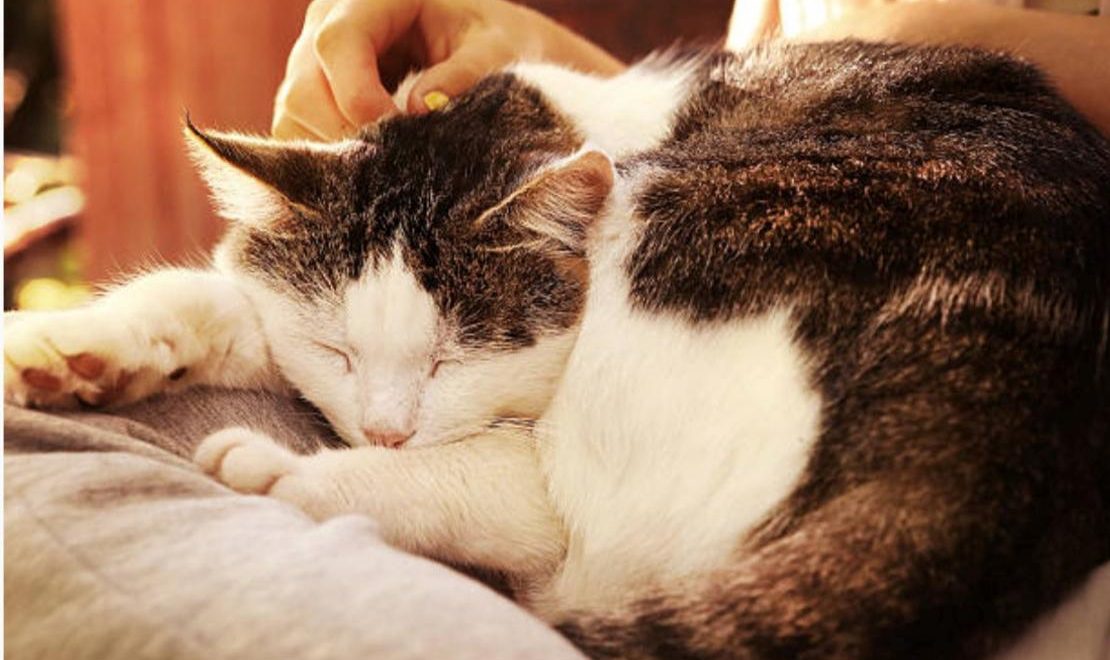Fleas, Other Parasites, and Your Cat


A parasite is a living being that lives and feeds on another to the detriment of the host. A cat is susceptible to parasites and parasitic infections even if it stays indoors all the time. However, outdoor cats are more likely to get parasites as there are more opportunities for them to get into direct contact with parasites. We can classify these creatures in two major groups: 1) internal parasites and 2) external parasites. As the name suggests, internal parasites live inside a cat and external ones live on the surface of a cat’s body.
We will learn about all the parasites you should be wary of in this article. Some of them are common and some are rare. Read through the article so that you know about those parasites and can seek the right help as soon as possible.
Fleas
Fleas are the most common parasite on cats and dogs. However, the fleas found on cats are of different species than that is found on dogs. The scientific name of cat fleas is Ctenocephalides felis.
A flea lives permanently on a cat’s body until removed. A female produces eggs at a rate of 50 per day. This egg then falls and produces larva which soon form a cocoon. The hatching time is between two and sixteen days. An adult keeps growing into the cocoon and waits to detect vital signs like warmth, carbon dioxide, and the vibration of a cat’s body. This cocoon can live up to as long as two years in the absence of a host.
Favorable conditions can quickly complete the life cycle of fleas. Centrally heated rooms provide a promising environment and produce fleas all year round. An itchy cat or flea bites on human ankles are the first signs of the fleas. They move so fast so it’s not easy to figure out their presence with the naked eye.
The best way to know the presence of fleas is to put your cat on a white sheet and comb it meticulously. A flea comb will track small black specks of flea droppings that contain undigested cat blood. Moreover, you can also find flea eggs where your cat sleeps. The allergic reaction caused by cat fleas include inflamed skin, hair loss due to overgrooming, thickened, oozing or crusty skin, small scabs on the body especially at the base of the tail or around the neck.
Contact your vet as soon as you know your cat has been infested with fleas. They can give you the best advice on how to treat your cat from fleas.
Lice
Lice infestations are not common. Moreover, lice are host specific, unlike fleas. Lice feasting on cats won’t affect humans in any manner but they can be passed between cats by direct contact.
To identify if your cat has lice, simply look for any translucent substance stuck to the cat’s hair. These are lice eggs. Cats become itchy, will break more hair due to excessive scratching, and may have crusty patches on the skin.
Mites
Mites are tiny parasites that can be seen with naked eyes when looked at up close. They are highly contagious among cats and can spread through direct contact or by infected bedding or grooming equipment. They cause a range of skin conditions. Here are some different types of mites found on cats.
Ear Mites
These commonly found mites, Otodectes cynotis, live deep inside the cat’s ear canal causing intense irritation in the canal and producing excessive dark wax. Cats with ear mites infestation may seem unconcerned or constantly shake their heads and scratch at their ears.
Harvest Mites
These mites, Trombicula Autumnalis, are seasonal. Their larvae are also commonly called harvest bugs or bracken bugs. These mites feed on a cat’s tissue fluid and may considerably harm both humans and cats during autumn and late summer in certain areas of the country.
Mange Mites
These mites are quite uncommon in cats and their presence can only be diagnosed by microscopic evaluation of skin scrapings. Mange mites cause itching and scabs and can only be treated by vets.
Ticks
Commonly found in moorlands, grasslands, and woodlands, ticks attach themselves to cats by biting with their mouthparts. Cats generally seem untroubled by ticks but can transmit the disease.
The unfed tick is about the size of a pinhead and gorges on the animal’s blood when attaching itself. A grown tick is the size of half an inch in length and appears greyish-blue or brownish-black in color.
The initial sign of a tick infestation is tiny black dots appearing on the skin and are easily mistaken with a wart or lump. They grow larger feeding on the host eventually. If left untreated, ticks can carry and spread Lyme disease to other animals including humans. This is rare but a good reason to get rid of ticks off of your cat.
Maggots
Maggots make their way to a cat’s body when blowflies or bottle flies lay eggs in an open wound of cats or soiled skin and hair. Healthy cats are out of danger of maggots but any cat with open wounds has a risk of getting them. Cats always groom themselves to keep clean but if your cat isn’t, you should clean them up regularly.
The fly eggs hatch within 24-48 hours and grow into tiny maggots. Maggots then need food to thrive and turn themselves into flies.
If the condition is left untreated, cats can lose a significant amount of fluid and may suffer from toxic shock. In some cases, it can also cause death. So, seeking a vet’s help immediately is always necessary.
Tapeworms
These flat and tape-like worms are common in the bowels of mammals including cats. Tapeworms fall under the category of internal parasites. They attach themselves with the wall of the gut by either a sucker or hooks attached to their scolex (head). These different segments eventually break off and purge out with the feces. Or they can also be seen around your cat’s anus or in the bed and look like small grains of rice and may also move.
The disintegrated segments release eggs in the environment. However, the eggs are not infectious to cats. An important thing to notice here is eggs have to pass through a host to be able to complete their life cycle. The host varies for numerous types of tapeworms but a cat will be infected when she ingests a host with the parasite such as a flea or a rodent.
Due to the fact that tapeworms can be transmitted from fleas, it should be assumed that a cat infected with fleas also may have tapeworms and vice versa. The worms feed on the undigested food in a cat’s guts and are harmful when they cause an obstruction in bowel movements or drastic weight loss.
Roundworms
A roundworm is the most common internal or intestinal parasite in cats. A full-grown roundworm can be 10 cm long. The life cycle of a roundworm is similar to that of a tapeworm. Moreover, they can also pass from a mother cat to her kittens. This is a common method of transmission in cats.
A vet’s advice is necessary for any kind of remedies and medication to get rid of roundworms.
We have tried to include all parasites your cat can have its whole lifetime. Please contact your vet if you have any confusion about your cat’s health or if you feel your cat may have parasites. Do you think we have missed any commonly found parasites? Let us know about them in the comment section below.






![Dj Scratch mixing some beats. 🎧 🎶 #Mewsic #KitNipBox
[via Instagram | @dharmacatnitiative]](https://www.kitnipbox.com/meow/wp-content/plugins/instagram-feed/img/placeholder.png)